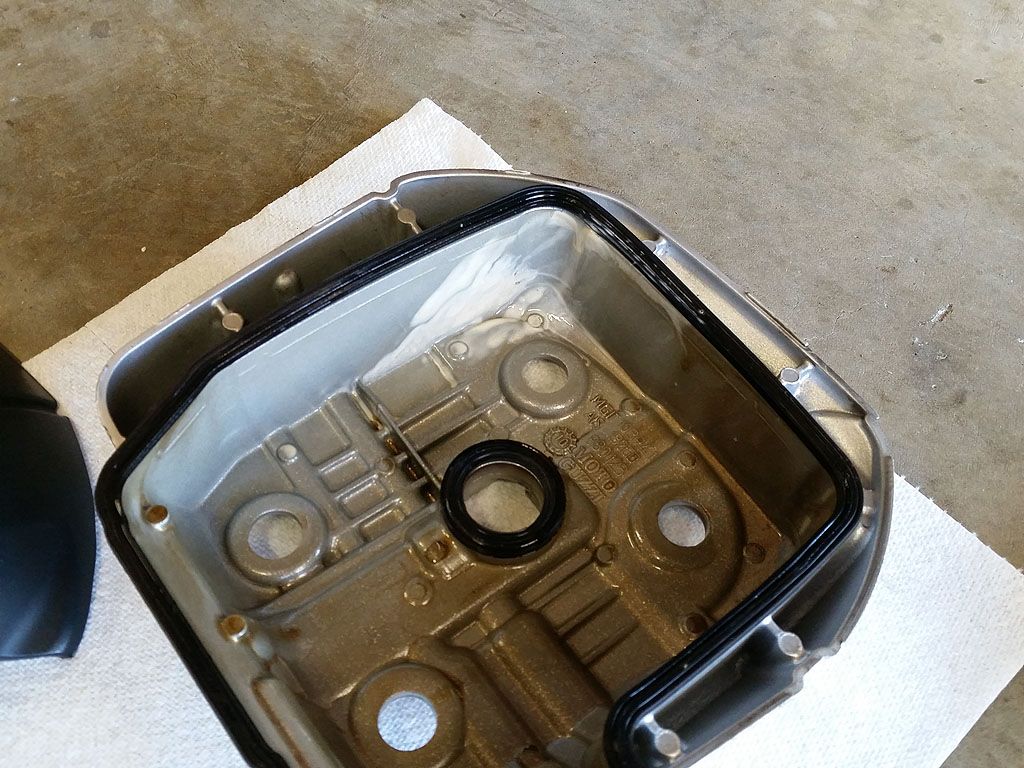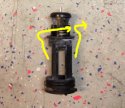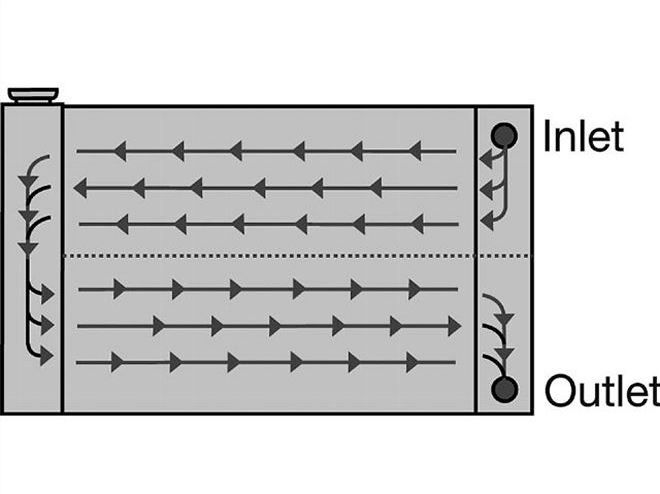Mark_H
Husqvarna
AA Class
Mark, the thermostat does not cover the inlet or outlets of the radiator cores - effectively the radiator is 2-pass - the thermostat allows colder coolant to bye-pass the core - as the coolant heats up the thermostat closes off the bye-pass, directing more flow thru' the cores
I fully understand the Tr650 layout and system which is as you say quite clever in its design allowing a continuous flow. I was quoting the general set up of thermostats on a liquid cooled engine, example a car where the coolant does not even leave the engine until the thermostat opens to allow flow to the radiator.





 Is that what this is?
Is that what this is?

